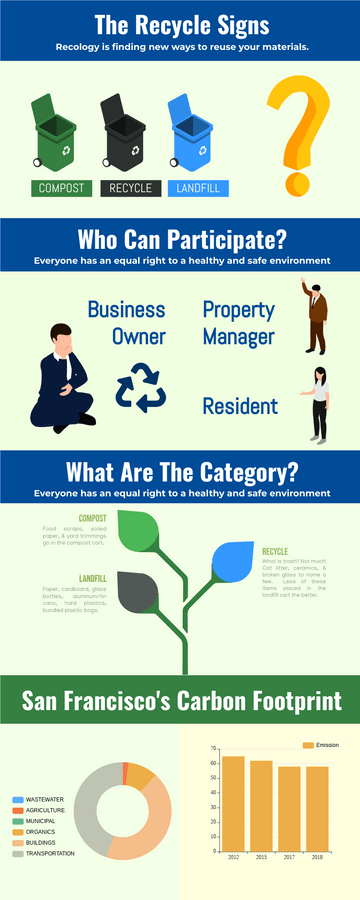All about Recycling
Recycling can prevent the waste of potentially useful materials and reduce the consumption of fresh raw materials, thereby reducing: energy use, air pollution (incineration) and water pollution (landfill). It is both a process of converting waste materials into new materials and objects and is also an alternative to “traditional” waste treatment, saving materials and helping to reduce greenhouse gas emissions.
In fact, different recycling strategies can be taken to boost: the environment, the economics, renewable development and stop pollution entering the oceans simultaneously.
What can be Recycled?
The materials that can be recycled include different kinds of glass, paper, cardboard, metals, plastics, tires, textiles, batteries and electronic products. The reuse of compost or other biodegradable waste, such as food or garden waste, is also a form of recycling. The materials to be recycled are either sent to household recycling centers or extracted from trash bins on the roadside, sorted, cleaned, and processed into new materials for new products.
In the world, there is enough food created to feed everyone, i.e. around 1.3 billion tons of food is wasted or unused (one third of all food produced), costing the global economy up to $940 billion per year. Here are some shocking facts about food waste:
- More than 1/3 of all global foodstuffs go to waste.
- World-wide surplus foods are worth 1 trillion dollars worldwide and are 1.3 trillion tons.
- Almost one billion starving people globally could be fed on less than a fifth of the food wasted in the United States, the United Kingdom and Europe.
- In a region greater than China, food never consumed is cultivated.
- 25% of the global supply of fresh water is used to produce crops that are never consumed.
- More than half of the food waste occurs at home in most developing countries.


